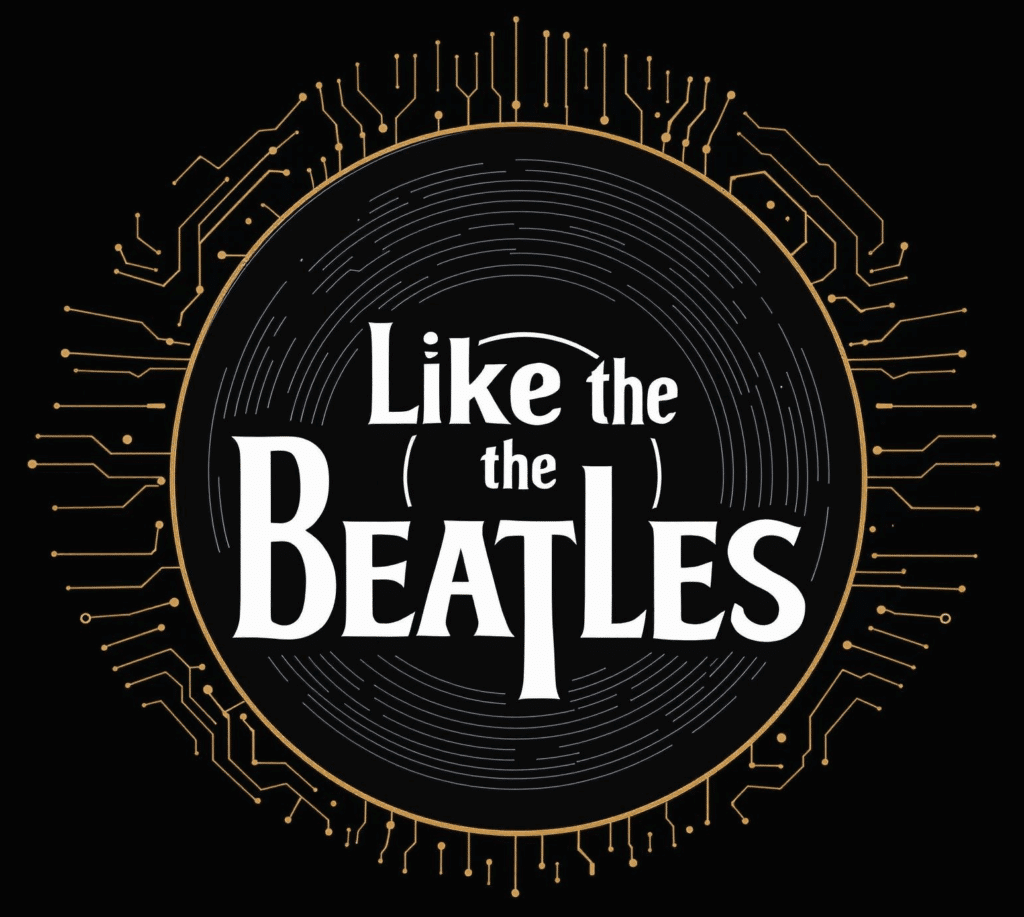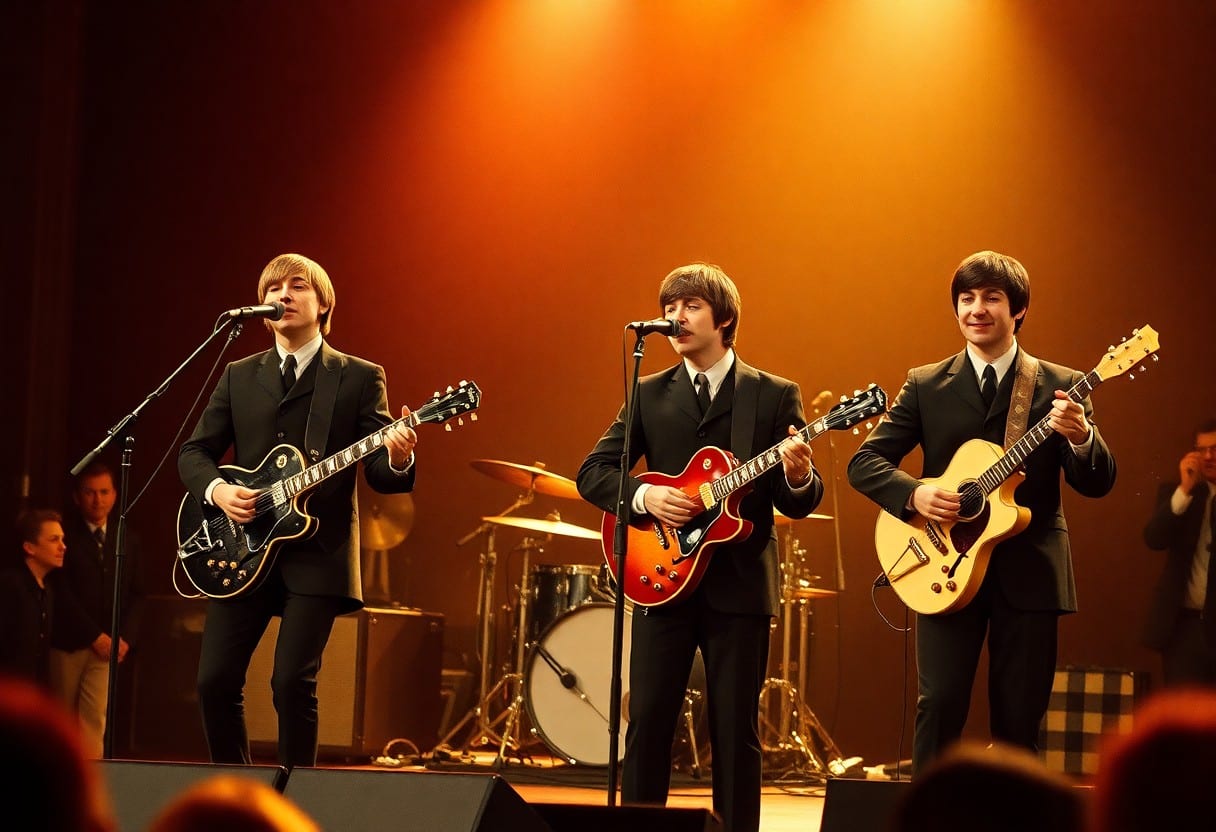Embarking on the remarkable journey of The Beatles, I invite you to explore the 10 transformative steps that shaped this iconic band from their humble beginnings in Liverpool to their eventual worldwide acclaim. As we examine into their early struggles, groundbreaking creativity, and the profound impact on music and culture, you’ll gain insight into how they navigated fame’s perils while remaining genuine. Prepare to discover the positive milestones and challenges that defined their legacy and continue to inspire artists today.
The Early Years
A fascinating journey awaits as we explore The Beatles’ early years, a time filled with raw talent and ambition. Emerging from Liverpool in the late 1950s, their distinctive sound and innovative approach began to take shape, setting the stage for a cultural revolution that would follow. From their humble beginnings, The Beatles transformed the music landscape forever, captivating audiences worldwide.
Formation of The Quarrymen
Beside the bustling streets of Liverpool, John Lennon formed The Quarrymen in 1956, an exciting blend of skiffle and rock music. This group not only showcased his musical aspirations but also laid the foundation for what would eventually become a legendary band. With friend Paul McCartney joining soon after, the duo began to carve out their identities within the evolving music scene.
The Transition to The Beatles
Before their rebranding, The Quarrymen experienced a series of lineup changes and musical explorations, paving the way for a new identity as The Beatles. As they added George Harrison to the mix and later welcomed drummer Ringo Starr, they solidified their core lineup. This transition brought about a shift in their musical style, incorporating influences from rock ‘n’ roll icons like Buddy Holly and Chuck Berry, while also embracing the energetic Liverpool music scene.
Early in their evolution, The Quarrymen transitioned into The Beatles, marking a significant turning point in their trajectory. As they began performing at clubs in Hamburg and Liverpool, they embraced a rapid transformation, honing their skills and developing a unique sound. This period was filled with intense rivalry and hard work, yet it was also a time for creative freedom and artistic growth. As they connected with audiences, they started to write their own music, paving the way for their later success and global impact on the music industry.
Breakthrough to Fame
It was in the early 1960s when The Beatles solidified their place in music history, captivating audiences and redefining the pop landscape. Their unique sound, combined with an infectious charisma, set the stage for an unprecedented ascent to fame that would change the world of music forever. This breakthrough moment was built on the back of relentless performances and a burgeoning fan base that could not be ignored.
The First Single: “Love Me Do”
On October 5, 1962, The Beatles released their first single, “Love Me Do,” which marked the beginning of their chart-topping career. The simple yet catchy tune showcased their harmonies and rhythm, instantly appealing to the youth of the time. As it climbed the charts, I knew this was just the beginning of their remarkable journey.
Ed Sullivan Show and American Invasion
Against all odds, The Beatles made their American television debut on The Ed Sullivan Show on February 9, 1964. This performance captivated an audience of over 73 million viewers, igniting a musical revolution and paving the way for what we now call the British Invasion.
Consequently, The Beatles’ appearance on The Ed Sullivan Show became a defining moment in music history, introducing the band to millions of American households. Their overwhelming popularity triggered the British Invasion, where bands from the UK surged into the US music market. This fervor brought with it a wave of excitement, changing the music scene landscape forever. With their distinctive sound and compelling performances, I realized that The Beatles were not just a band; they were a cultural phenomenon influencing generations to come.
Evolution of Their Music
Not only did The Beatles change the landscape of popular music, but they also continually evolved their sound throughout their career. Their transformation—from upbeat pop tunes like “I Want to Hold Your Hand” to the introspective, complex compositions of “Sgt. Pepper’s Lonely Hearts Club Band”—showcases their artistry and willingness to push boundaries. Each album marked a new chapter reflecting their growth as musicians and songwriters.
Influences and Innovations
At the heart of The Beatles’ evolution was their ability to absorb a myriad of influences, ranging from American rock and roll to Indian music. They innovated by blending these styles, creating a unique sound that captivated listeners worldwide. Their bold approach to songwriting and genre exploration set the stage for the future of music.
Experimentation in the Studio
Before The Beatles, recording was often a straightforward process, but their approach revolutionized it. They embraced innovation by utilizing the studio as an instrument itself, experimenting with various sounds and techniques to enhance their music.
Indeed, The Beatles’ experimentation in the studio was nothing short of groundbreaking. They utilized techniques like multi-tracking, reverse tape effects, and non-traditional instruments, setting a new standard in music production. Albums like “Revolver” and “Sgt. Pepper’s” showcased their willingness to take risks, leading to a more immersive listening experience. This innovative spirit not only shaped their music but also inspired countless artists to explore new sound possibilities. The Beatles truly transformed the recording landscape, making studio experimentation an integral part of music creation.
Cultural Impact
For decades, The Beatles have left an indelible mark on popular culture, shaping the very fabric of music, art, and social movements. Their innovative sound, paired with groundbreaking music videos and album artwork, transformed not only the music industry but also the way artists engage with their audience. As I explore their legacy, it’s clear that their influence extends far beyond music, fostering a spirit of rebellion and creativity that resonates with fans worldwide even today.
The Beatles and the Counterculture
Before the rise of The Beatles, the cultural landscape of the 1960s was marked by conformity and social unrest. The band’s progressive messages and experimentation with sound played a significant role in the counterculture movement, inspiring a generation to challenge societal norms and embrace new ideals. I find it fascinating how their lyrics addressed themes like love, peace, and personal freedom, ultimately encouraging young people to express themselves and strive for social change.
Global Influence on Music and Fashion
Behind their revolutionary sound, The Beatles also reshaped fashion and lifestyle choices across the globe. Their iconic hairstyles, tailor-made suits, and psychedelic styles became emblems of the era, influencing not only musicians but everyday individuals. I admire how their eclectic approach to fashion reflected their creativity and demonstrated a bridge between art and personal identity.
Also, their impact reaches far and wide, as they inspired countless artists to break boundaries and explore new genres. Their distinctive style and flair set trends that echoed throughout the decades, affecting everything from rock and pop music to contemporary fashion. When I observe modern artists, I recognize the lasting impression of The Beatles’ innovative spirit—a legacy that encourages each generation to push the limits of creativity and self-expression.
Challenges and Controversies
After achieving immense success, The Beatles faced a series of challenges and controversies that tested their integrity and creativity. From public scrutiny to personal struggles, these obstacles not only shaped their music but also their identities as artists. The journey wasn’t always smooth, as they navigated through various external pressures and internal conflicts that would ultimately define their legacy.
The “Backlash” from Religion
Along with their rising fame came an unexpected backlash, particularly from religious communities. Many criticized John Lennon for his quote declaring that The Beatles were “more popular than Jesus,” which led to boycotts and even record burnings. This backlash highlighted the cultural tensions of the time and forced the band to confront their impact on society.
Internal Struggles and Creative Differences
Before reaching the height of their creativity, The Beatles faced significant internal struggles and creative differences. These conflicts stemmed from diverging artistic visions and various personal issues among the members, which ultimately strained their relationships.
From the outset, The Beatles were driven by their desire for artistic expression. However, as their fame grew, divergent interests and individual ambitions led to tensions within the band. Paul McCartney’s drive for melody clashed with John Lennon’s more experimental tendencies, while George Harrison sought recognition for his songwriting. These creative differences often manifested in heated discussions and disagreements during recording sessions, highlighting the fragile balance they struggled to maintain as a collective. Despite these challenges, navigating through their conflicts fueled their evolution, ultimately shaping some of the most iconic music of their era.
The Final Era
Many consider the final era of The Beatles to be a complex tapestry of creativity and turbulence. This period is marked by a series of pivotal events, leading to their eventual dissolution. Despite the internal struggles and conflicts, their music evolved, showcasing their artistic growth while grappling with personal differences that would eventually redefine the band forever.
Let It Be and the Last Recordings
Below the surface of the optimistic title track “Let It Be” lies an array of unresolved tensions. Recorded amidst internal fractures, this album encapsulates the band’s struggles and their effort to forge unity through music. It is a profound reflection of their complicated relationships as they prepared to part ways.
The Breakup and Aftermath
Along with the release of their final albums came the inevitable schisms within the group. The Beatles officially announced their breakup in 1970, each member begining on their own unique journeys. This transition marked the end of an era, yet their individual artistry flourished in the aftermath, leading to groundbreaking solo careers that further influenced the music landscape.
To provide more context, the breakup stemmed from a combination of creative differences, personal conflicts, and contrasting visions for the future. John Lennon’s departure signified the end of an iconic partnership, while Paul McCartney’s announcement in 1970 solidified their split. Following the breakup, each member explored individual projects that showcased their diverse talents, with Lennon advocating for peace and activism, while McCartney embraced a more melodic approach. George Harrison’s ‘All Things Must Pass’ marked his emergence as a solo force, and Ringo Starr’s accessible charm appealed to a broader audience. Despite the heartbreak of separation, The Beatles’ legacy continued to thrive, inspiring countless generations of musicians and fans alike.
Summing up
To wrap up, the journey of The Beatles from their humble beginnings to their remarkable influence on music and culture is a testament to their creativity and resilience. By examining the 10 steps of their influence, I’ve gained insights into how you can apply similar principles in your own endeavors. Understanding their evolution not only highlights their artistic prowess but also emphasizes the importance of innovation, collaboration, and the ability to adapt. As you reflect on their story, I encourage you to find inspiration in their legacy and forge your own path to impact.












